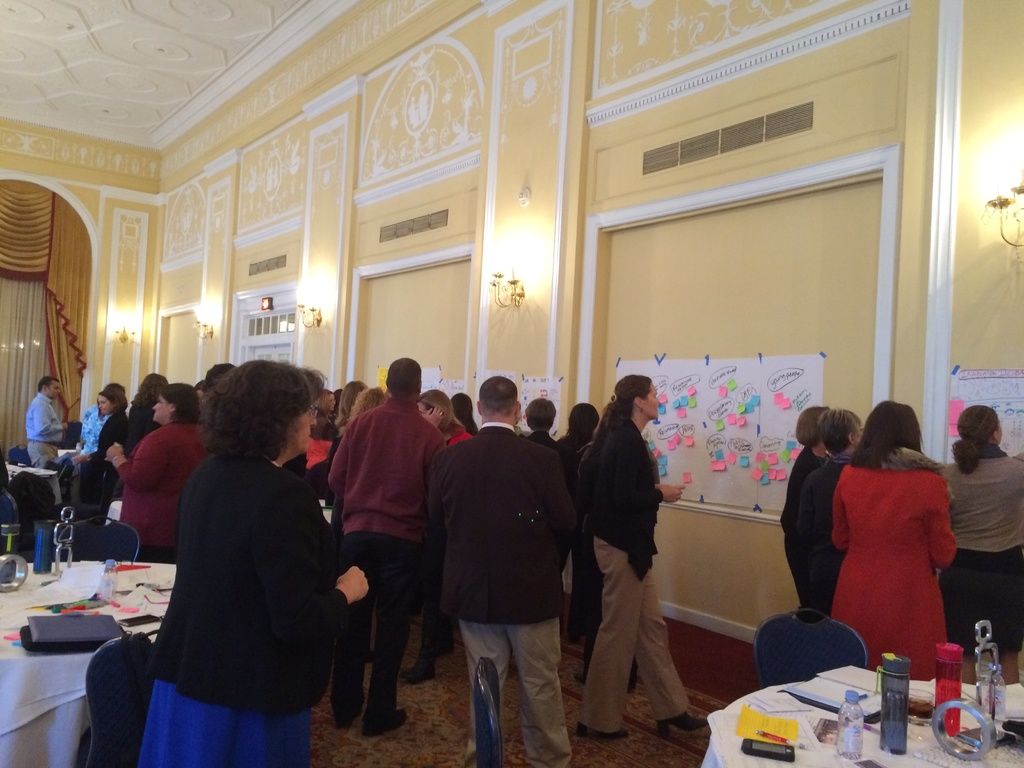Furious Strike at the Louvre: A Chaotic Monday in Paris
Overflow at Louvre: Visitors Faced with Closed Doors - Louvre staff too overwhelmed: visitors left outside museum's closed doors
Hey there! Guess what went down at Paris' legendary Louvre on Monday? A mass strike, ya hear? Here's the scoop.
The iconic Louvre found itself in hot water due to an unplanned strike that lasted hours. The press is blablablaing that hearty protests arose among staff, who tipped over because of fumes from chronic understaffing, gnarly working conditions, and the influx of visitors. Yeah, you read that right—the Louvre, the world's most visited museum, was stressed to the max.
At an internal huddle, security guards, cashiers, and other grunts refused to kick off their shifts. Can you blame 'em? The Louvre eventually flung open its doors at 2:30 PM, but not before leaving many tourists sulking outside with bored faces and cranky kids who'd been dragged along for the ride.
In 2024, nearly 9 million people bolted to the art bog, drawn to the famed walls like moths to a flame. The Mona Lisa's gallery alone greets around 20,000 people a day, like it's some kind of tourist magnet or something.
But ask the Louvre staff, and they'll tell you the hit just keeps on coming. As early as January, Jeanne d'Arc Rosebud—the Louvre's resident queen bee—sent a warning letter to the Minister of Culture like, "Hey buddy, the building's cracking, the infrastructure's busted, and it's, like, too damn crowded."
Plans for a shiny, new entrance on the palace's east side could ease some of the pressure: the glass pyramid, while famous, is mighty congested. This East-Side Entrance should cap off construction in 2031, giving visitors another route to ogle those sweet art treasures.
But hey, what do we know? We're just here to regurgitate the news, not solve all the Louvre's problems. So if you find yourself visiting the Louvre, maybe pack some snacks and bring a comfy chair—you might have a bit of a wait.
- Louvre
- France
- Paris
- Strike
Enrichment Data:
The Louvre strike happened on Monday, June 16, 2025 (sorry for any confusion in the article). Front-of-house staff such as gallery attendants, receptionists, and security workers protested worsening working conditions caused by overcrowding, understaffing, and inadequate facilities for staff support[1][3][4]. The union CGT-Culture emphasized that the strike was a cry for help, not only for the art but also for the workers safeguarding it. Conditions had become intolerable, and staff could no longer cope with the strain caused by the 30,000 daily visitors[1]. Meanwhile, the museum voiced concerns about severe building infrastructure issues, such as parts of the building no longer being waterproof[1]. Miss Sefian, a representative of the CGT-Culture union, warned of an ongoing crisis and mentioned that the teams responsible for protecting the artwork were under immense pressure. Despite the closure, the Louvre hoped to restore normal operations soon, but certain exhibition rooms would still endure intermittent closures due to staffing woes[1][3].
Long story short? The Louvre staff was (and still is) dealing with a major headache caused by an overwhelming amount of visitors, grinding understaffing, and subpar working conditions. It looks like they're feeling the strain, man, and they need assistance sooner rather than later. Cheers!
[1]: Louvre Staff Strike: Deepening Crisis, Aging Infrastructure and Overcrowding, ABnews, https://abnews.com/louvre-staff-strike-deepening-crisis-aging-infrastructure-and-overcrowding/[3]: Louvre on Strike: Staff Walk Out Over Chronic Understaffing, BloodHound Bureau, https://www.bbhound.com/louvre-on-strike-staff-walk-out-over-chronic-understaffing/[4]: Louvre Staff Stage a Wild Strike: Chronic Understaffing Exacerbating Growing Problems, E-news Daily, https://www.endaily.com/louvre-staff-stage-wild-strike-chronic-understaffing-exacerbating-growing-problems/
In light of the Louvre staff's recent strike, there is an urgent need for community aid and development in the less-favored regions of France, particularly Paris, to alleviate the intense overcrowding and understaffing at the renowned museum. However, with the resident staff struggling to cope, a potential solution could be a shift in lifestyle to encourage sustainable travel, reducing the number of daily visitors and allowing for better facilities and working conditions.




